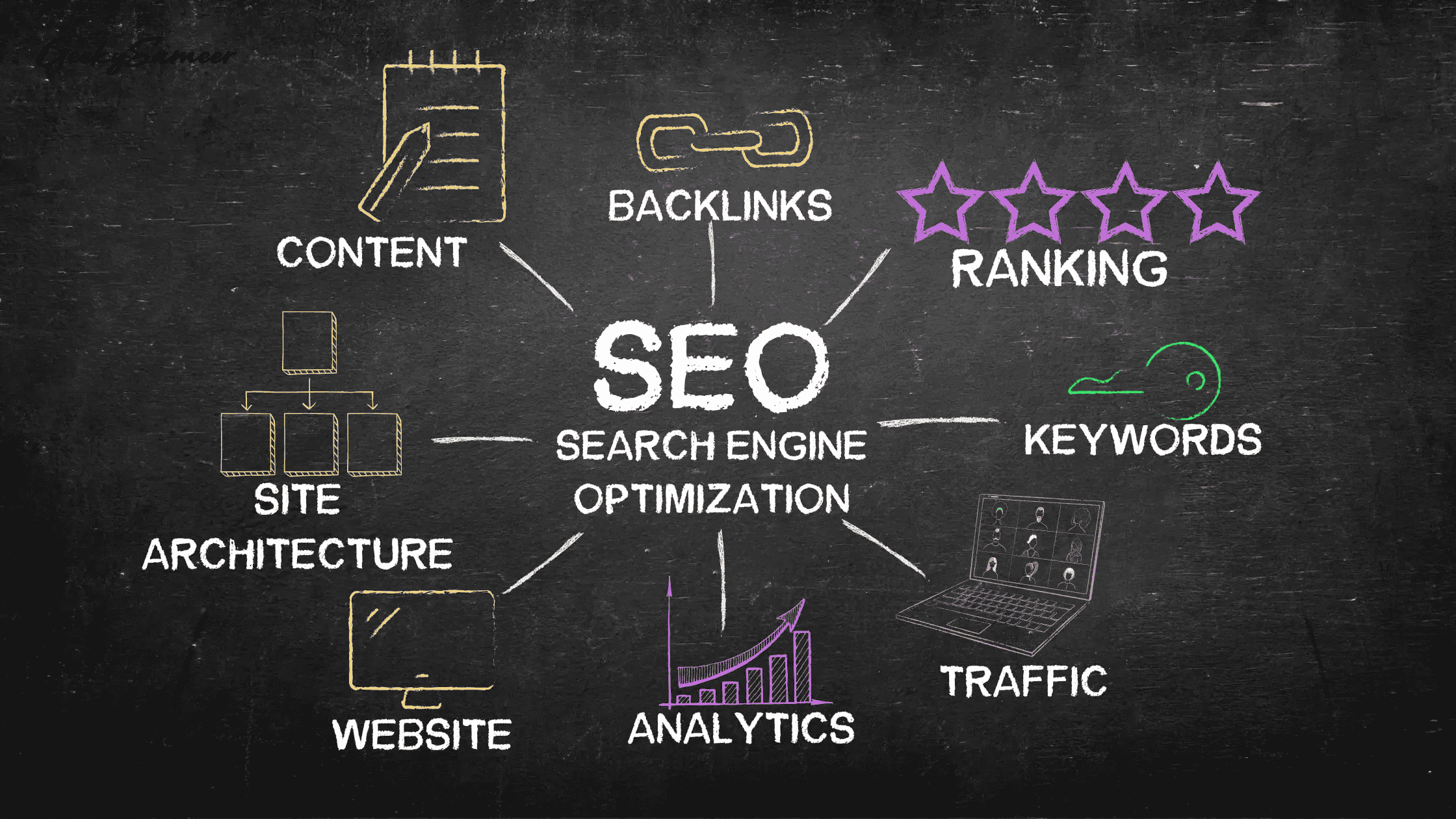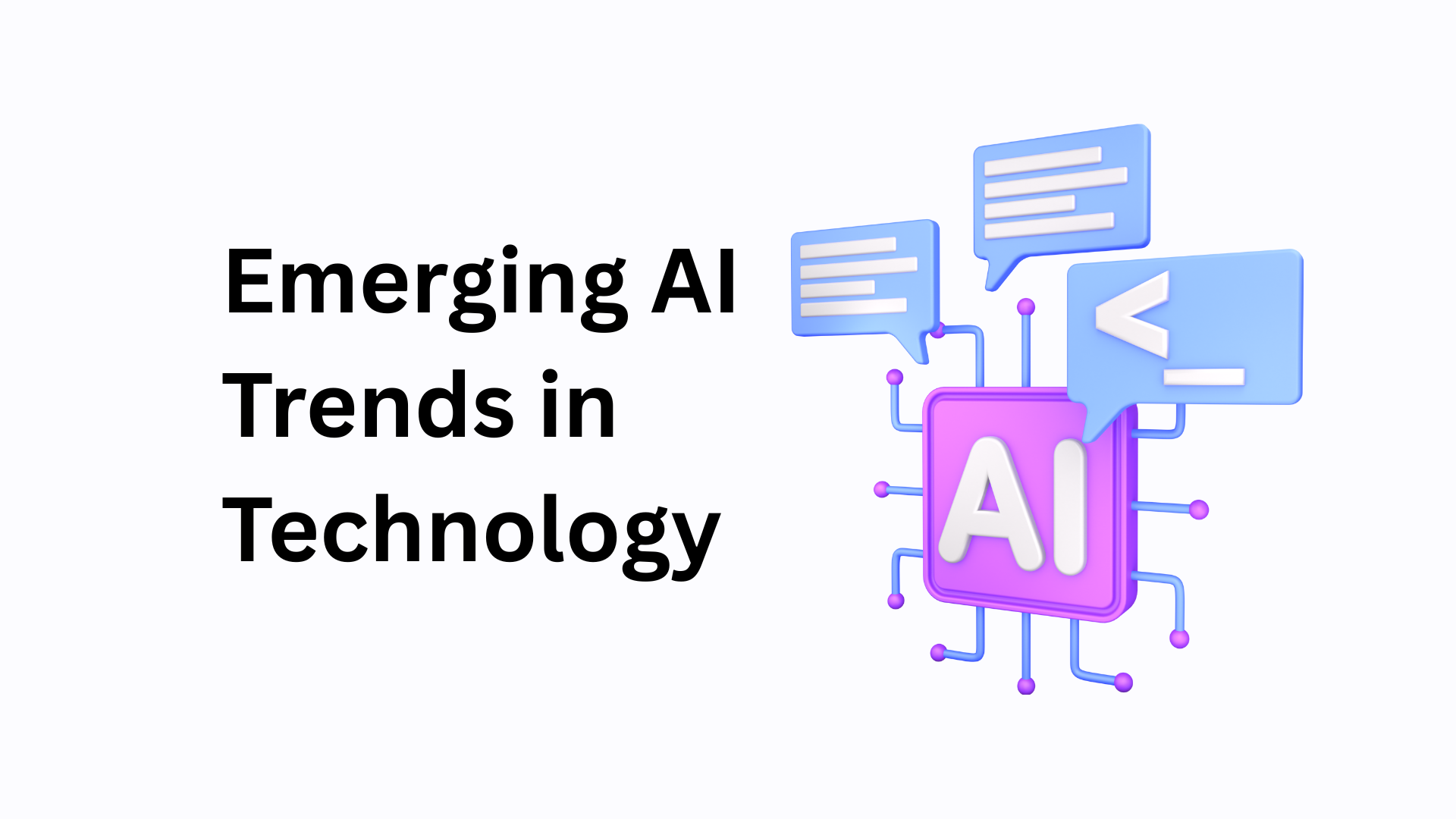Create Your B2B Lead Generation Strategy With This Step-by-Step Blueprint
There’s tons of growth hack advice out there for creating B2B lead generation strategies. Some “gurus” keep telling you to LinkedIn is the place to be, some swear by organic blog content, other’s keep praising email outreach combined with new fancy features that personalise emails. And then some other people advocate that video is the new big thing.
A lot of these messages and the advice are exciting for sure, but even more so confusing for anyone who is not on top of the game. Being a B2B lead generation marketer means constant change. Changing tactics, test experiments and keeping an open mind for new trends on the horizon.
Let’s not forget the basics of why you are active in digital marketing. In B2B lead generation marketing, our job is to attract interest, make offers that convert and build lasting relationships with customers. That’s basically it. It comes down to a few key metrics like generating leads, conversion rate, lead-to-sales conversion, activation rates, cost per acquisition, lifetime value and so on.
Here is a step-by-step guide for developing a winning B2B lead generation strategy to achieve your business goals faster.
Step 1: Choose Your North-Star-Metric
Macro Goals - The North Star Metric

Definition and factors of the North-Start-Metric
Firstly, take a step back before you dive into the daily work to hit your goals. Take a look at your lead generation marketing objectives from a high-level perspective, a 35,000 feet view.
Get clear on the value proposition your product or service provides to customers. The so-called North-Star-Metric (NSM) is measuring exactly that. The one metric that best describes whether your product/ service is successfully accepted in the market. The idea behind it is that you and your team exactly knows what key proposition of your product need to constantly improve and spend attention on. It is like a polar star you are navigating towards.
For Airbnb as an example, the NSM is "Nights booked", the best indicator that allows the company to assess whether their business model is successfully growing in the market. If you are a B2B SEO marketing agency, your NSM could be the average traffic growth per client which is directly representing the effect SEO marketing should have.
B2B lead generation strategies should be clear on this key objective. What is it that you want to achieve and was it the value proposition element that matters more than anything else? The one metric that best represents market success with your key long-term business goal that needs to be improved. Define it as one single metric, your North-Star-Metric and start your b2b lead generation strategy from here.
Define Your Micro Goals
What does this metric have to do with your B2B lead generation strategy? Without a successful product or service delivery, your strategy becomes unsustainable. Pumping more leads into an undefined product-market fit, doesn't make things better. Start with defining your NSM metric first, understand the key objective and purpose you're in business for.
Once you have this metric, you should deduce further long-term business goals and further break things down. You can split your b2b online lead generation goals to yearly, monthly or maybe even weekly goals. These are the operational goals, or micro-goals, that need your attention in the course of implementing online lead generation strategies and activities.
Track Your B2B Online Lead Generation Progress
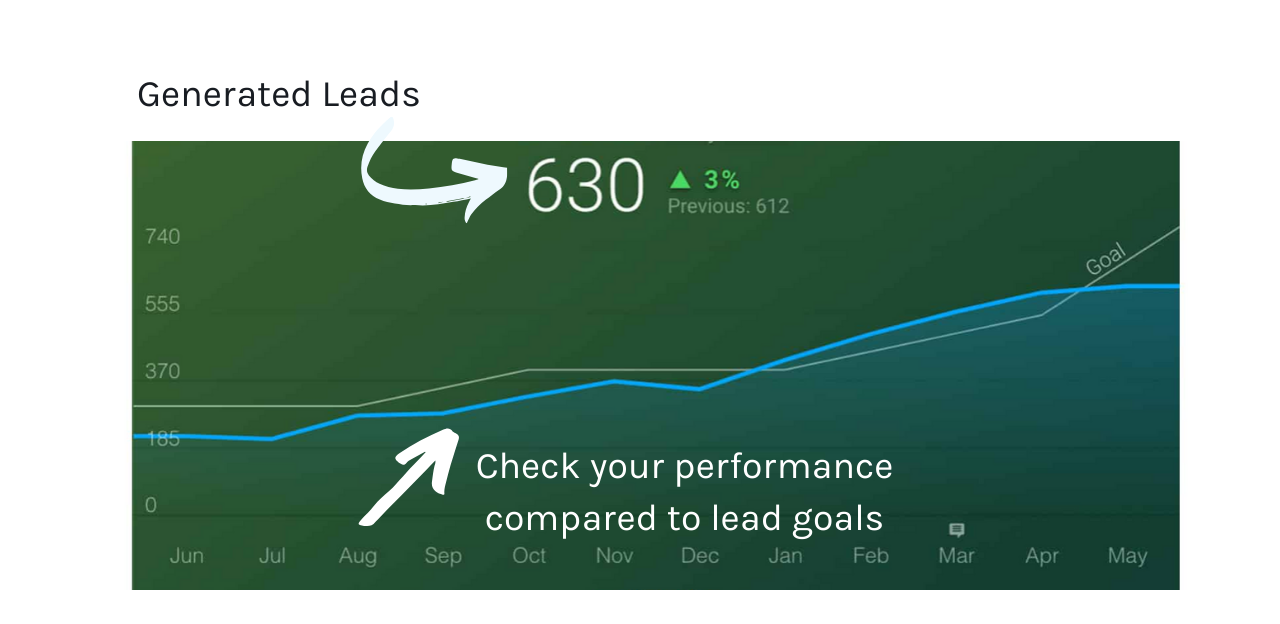
Databox online dashboard to track lead generation progress, source: Databox.com
Once you defined your lead generation goals, e.g. in a spreadsheet, start using an online dashboard. This dashboard should provide full transparency over your progress and positive or negative deviation from goals on a daily basis.
There are some great online dashboards like Databox in which you can add your lead generation goals. Herein, you can map e.g. monthly goals, and compare the real success based on your lead generation data, e.g. by your CRM system. Databox comes with lots of integrations that allow adding data sources that display metrics for lead generation and goal comparisons.
LeadGen App also provides an analytics dashboard to track your lead generation from web forms. In there, you can see interesting stats like form views, lead generation, conversion rate and form completion time. Check out this video to learn more about the LeadGen tracking dashboard.

LeadGen App dashboard, tracking B2B lead generation and lead form visibility
Step 2: Get Clarity on Your B2B Lead Generation Channels
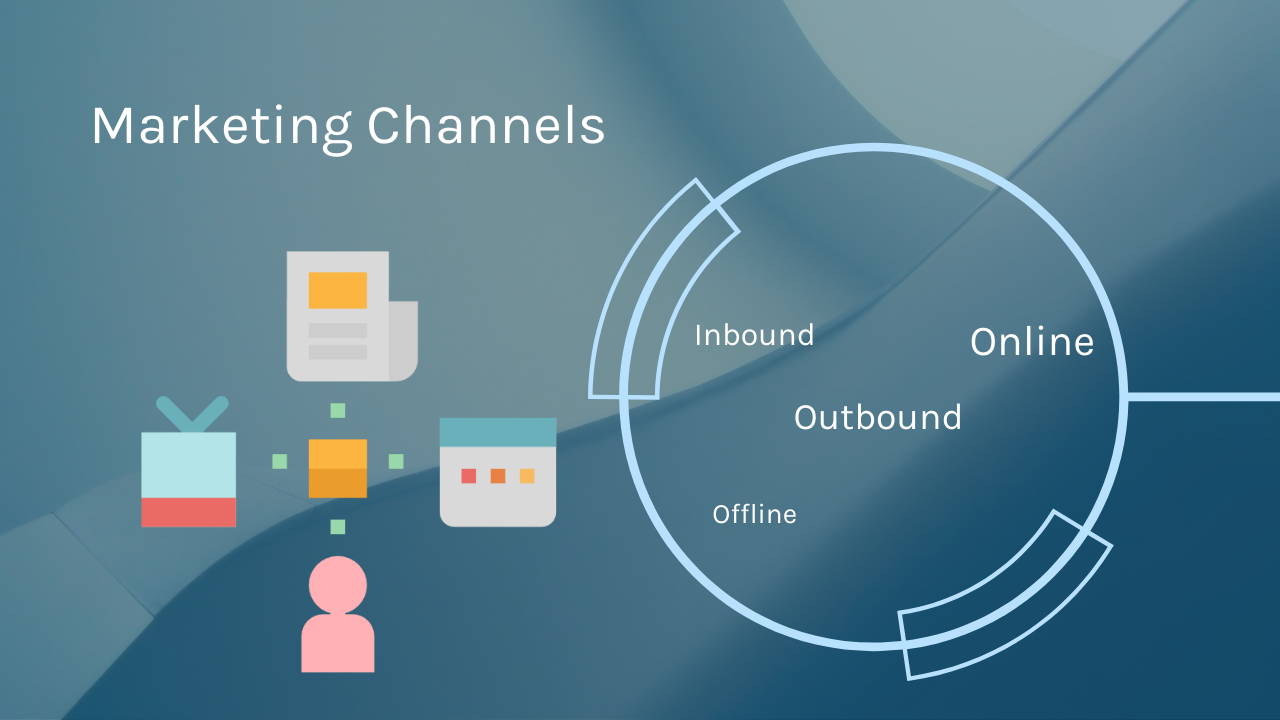
It is surprising how many lead generation marketing agencies don’t start with clear goal setting, broken down into operational units. So make sure you don't skip this step. I
Now it's time to plan the strategy of the lead generation marketing channels. One way to better understand which channels are most effective is to look at outreach performance across different segments.
For example, Martal Group provides insights into how specific B2B campaigns perform across industries, helping marketers identify which outreach approaches are most likely to engage high-quality leads.
Also here, it's common for companies to launch new lead generation channels and then shortly afterwards stop them again. There are companies that keep spending on Google ads. They know that they are not even breaking even with it, neither short in generating leads for b2b, nor long-term over their customer lifetime value.
Others believe social media marketing is the thing to do. But what they really need as a lead generation marketing agency is just 5-10 high paying clients. These are those clients that don't even look at social media as part of their buying decision.
Some start an SEO marketing campaign for four months and get impatient that things are not moving fast enough. Still others run a blog with exceptional content and forget to monetize it as a b2b lead generation blog with lead magnets, entry offers and simple lead forms.
Lead Quality more important than Quantity
Make sure that you are analysing your b2b lead generation channels based on the impact they have for driving you closer to your goal. They help in finding the right type of audience that, with a thorough strategy for customer success, can turn into leads and ultimately into happy customers. You can probably already tell, these days lead quantity is no longer the measure of all things. What you need are a targeted approach and better lead quality.
To find out the right b2b lead generation channels, you can simply do the following analysis. Create a spreadsheet that features different marketing channels, expected traffic volume, conversion rate to lead, total number of generated leads per month + lead quality score. You will probably come up with more than 10 different choices of online lead generation channels that you could deploy. Now, rate the different metrics and compare the channels against other. The analysis will give you clarity which of these lead generation channels will actually make an impact that is measurable.
There are dozens channels that you can utilise in a B2B lead generation strategy, both online and offline. Take a look at the graphic below that lists lead generation channels, both offline and online.
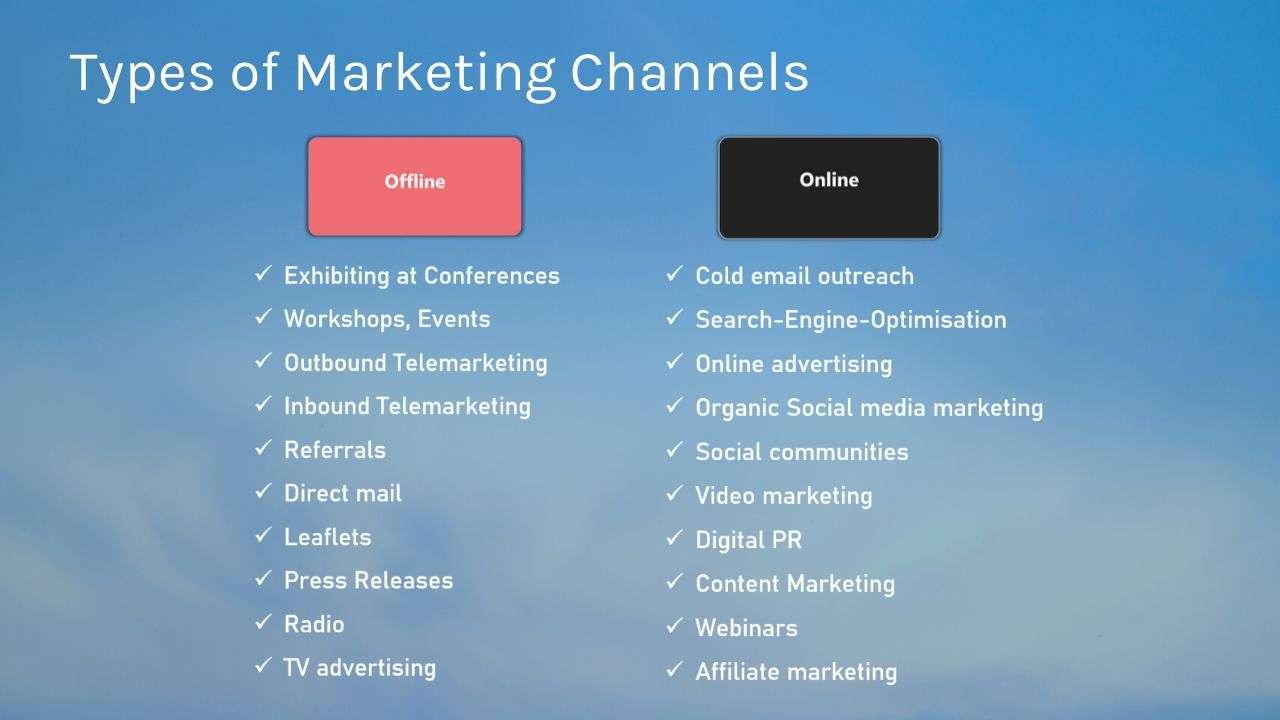
Overview of B2B sales and lead generation channels based on online and offline mediums
Outbound vs. Inbound Marketing Channel
Another key distinction in b2b online lead generation is made by comparing outbound vs. inbound marketing channels.
Inbound marketing is a great way to get people interested in products or services by educating them with valuable content resources like case studies, reports, white papers, video marketing, etc.
Outbound marketing works by actively reaching out to your audience, e.g. by cold call, radio ad or pay-per-click marketing. You could say that inbound is like a pull that attracts your audience to find you. Outbound is an active push that gets your message out in B2B sales.
In inbound marketing, companies have less real interactions with the lead. Hence, the quality-level of the activity matters a lot, e.g. the quality of content resources. Inbound marketing only works with a clear focus on delivering value, especially in such a crowded & competitive marketplace we are in today.
Outbound can be very effective and in many cases necessary to get leads and sales. As an example, generating leads for selling event tickets can become a challenge if you just use content marketing and other inbound tactics. Furthermore, products or services that don’t have much demand need some kind of outbound promotion. For more information on demand generation you can always check out the following demand gen agency and learn more about building brand awareness.
Step 3: Make a Commitment
Once you did your analysis, looked at different channels, then it should be much easier to pick the right ones. Depending on your business size, it could be worth focusing on just a very small number of b2b lead generation channels. It is a good idea to maximise 1 or 2 channels first and commit to master them.
Now, what happens if these channels turn out to not work at all? Well, assuming that you spend a good amount of time in analysing your channels and isolated, say, 2 channels as the best ones, then chances of failure are minimised. Give it some time, at least 4-6 months and keep running experiments. Step by step align your lead generation channel for best performance: Analyse, decide and iterate slowly.
You do your due diligence and compare lead generation marketing channels to identify those you want to focus on. Then you experiment and iterate, but most importantly, you stick with them.
Many B2B companies do it the other way around and iterate as soon as they made their decision.
Does that mean, you won't change channels at all? No, you can run experiments and add new things over time. But from experience things take time and you are usually better off playing the long-term game. You need becoming great at what you do rather than being tempted to drift strategies and tactics frequently.
Step 4: Systemise your B2B Lead Generation Strategy With Marketing Channels
Now you know your goals, analysed the channels and committed on mastering the game. What else do you need to make your lead generation strategy work?
As much as you need the right channel to find your audience, now you need to provide a valuable offer. Come up with a product, resource or offer that is so enticing that your targeted users have to get it.
Don’t settle for anything less. In today’s competitive market, especially online, you need to provide incredibly great value and offers that stand out. There is no way around it.
A great offer itself is not enough in B2B sales. It should be something that is specifically addressing the key pain point of your target audience. There is a big difference in making a free offer that is targeting that pain point vs. another one that just focuses on wants and needs.
Your offer needs to tap into that pain so that your audience can realize. This is exactly the solution to the problem they are looking for.
Spend time on developing a great offer. When leads get in touch with you the first time, then present them a Top-of-the-funnel offer (TOFU). When they already have engaged with some content, e.g. your b2b lead generation blog, then you can also place a Middle-of-the-funnel offer (MOFU).
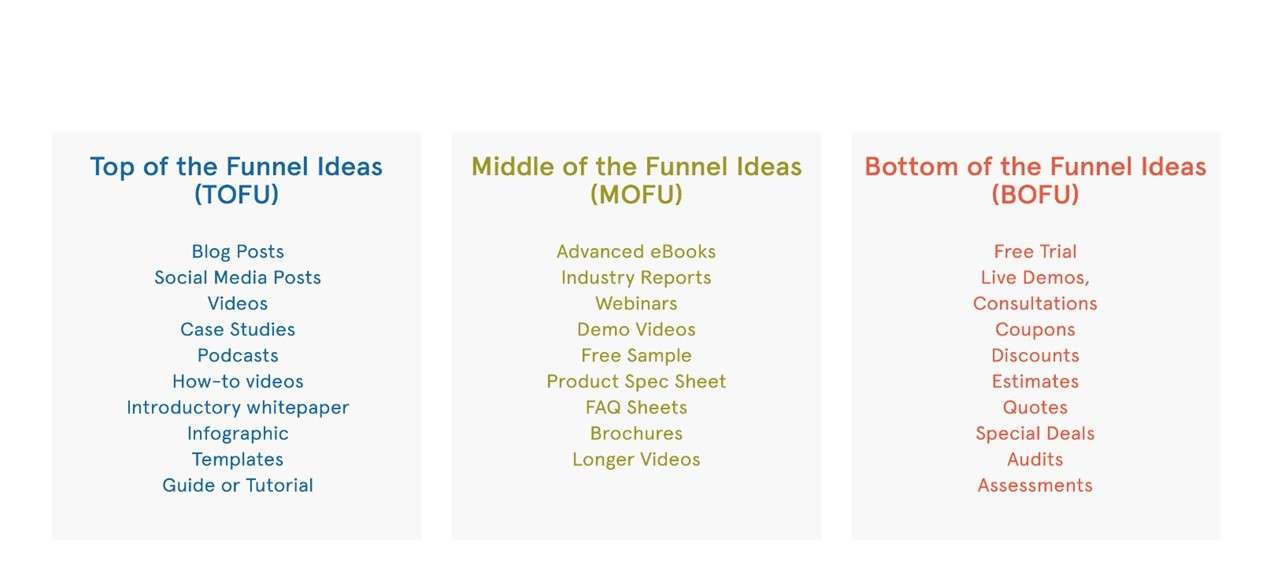
Inbound marketing offer ideas to place at different sales funnel stages
All the offers presented here are based on inbound marketing. It’s a good practice to start out with inbound marketing channels at the early stages of your sales funnel. You capture the lead and then to follow up with outbound marketing further down the funnel of the B2B lead generation strategy.
Concept On How To Generate Sales Leads?
If the sales funnel concept is new to you, is basically just a series of steps that help you turn a stranger into a customer through a set of different actions:
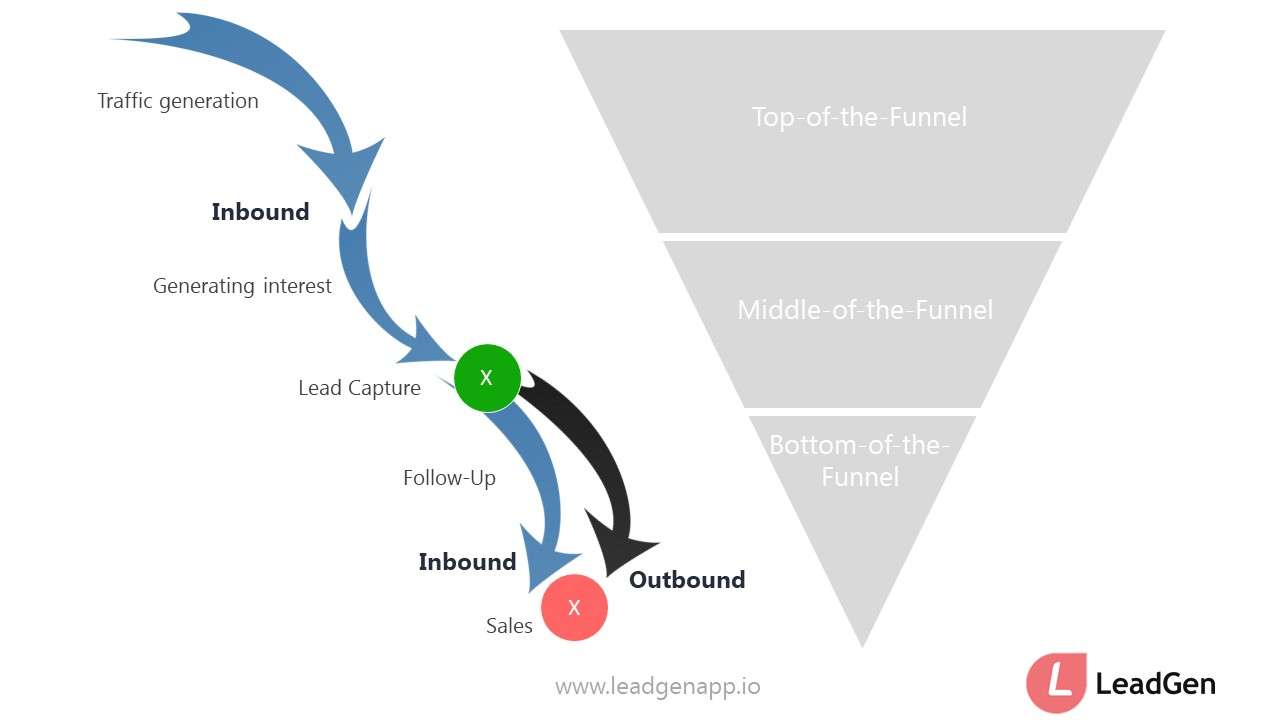
The user journey through a B2B sales funnel via inbound and outbound marketing strategies
Different Funnel Stages
Top of the Funnel:
Get in front of your audience for the first contact
Middle of the Funnel:
Capture the lead, collect personal information, either via outbound marketing or via an inbound offer, e.g. a free resource or free consultation
Bottom of the Funnel:
Build trust, show offers related to the product or service and close the sale
The process you see in the image above shows the funnel stages and the user journey from “Stranger” to “Sale”, visualised by arrows. Inbound marketing is used for generating traffic and interest, presenting them with an irresistible offer based on their pain point. The next step is capturing the lead through a lead form on a landing page and then start a follow-up campaign to generate a B2B sale.
Don’t underestimate the effort it takes to follow up with leads, it’s about 6-10 contacts with a potential buyer. It takes a lot of effort if you don’t have clarity on your follow-up strategy. The good news is that you can automate a lot of your follow-up activity. In LeadGen App, you can set-up automated email notifications to your sales team to get in touch to the capture leads quickly.
You can also link your LeadGen form to an email marketing software to trigger an automated email sequence that provides more value to the potential buyer and allows you to build trust with them.
Step 5: Run Experiments and Iterate
No marketing funnel and B2B online lead generation strategy runs perfectly smooth straight away. Even if you have done everything right in your planning, you need to plan with some time for optimising your campaign for achieving positive results.
There are different practices that will help you in improving results and to make use of your strategy in the best way. To start your experimentation, break down all the different variables that your campaign success is dependent on.
This is crucial and helps you identify the key metrics to monitor. Generally, you can break down your B2B lead generation strategy into different layers that will make up your entire lead generation strategy. At first, you need a traffic channel and fill your funnel with people from your relevant target audience. This could be a channel from the overview graphic at the start of the post, such as organic b2b lead generation blog marketing, traffic from Google search hitting your website.
Besides your traffic channel, you will need a medium to host an offer, which is typically a website or a landing page. Based upon your specific needs, you can also consider getting a Linux VPS or Windows VPS hosting. In the example of the blog, you would work with the article that is embedded in your website.
So now, you got two layers for testing already: 1) Organic traffic via Google search; 2) The b2b lead generation blog article.
How To Generate Sales Leads From Online Forms?
What other factors play a role in converting lead in the funnel process?
Crucially, your lead capture form experience.
The lead capture form within your content is the key interface that connects your audience to your brand. Without placing a lead form, you just wait for a visitor to somehow figure out a way to message or call you.
Commit to serving your audience by providing great offers, relevant to address their pain point and by offering a solution that works. Offer a great user experience that makes it as easy as possible for a person to subscribe to your offer while you can capture the lead.
Now, we got the third layer identified: Your LeadGen form.
Inside LeadGen App, you can run AB tests with different form variants and let the tool split the traffic to find out which form perform better and drives more leads.
Here's where to start
All of these steps are crucial, especially the planning part of choosing the right lead generation channels, to begin with. It all starts with proper planning and strategic thinking what you want to achieve and then breaking down how you will achieve it.
Don’t forget, make a commitment and start becoming a B2B Lead Generation Specialist today.
Best success for your B2B Online Lead generation!
Start here with LeadGen App to create high-converting lead capture forms less than 3 minutes.




